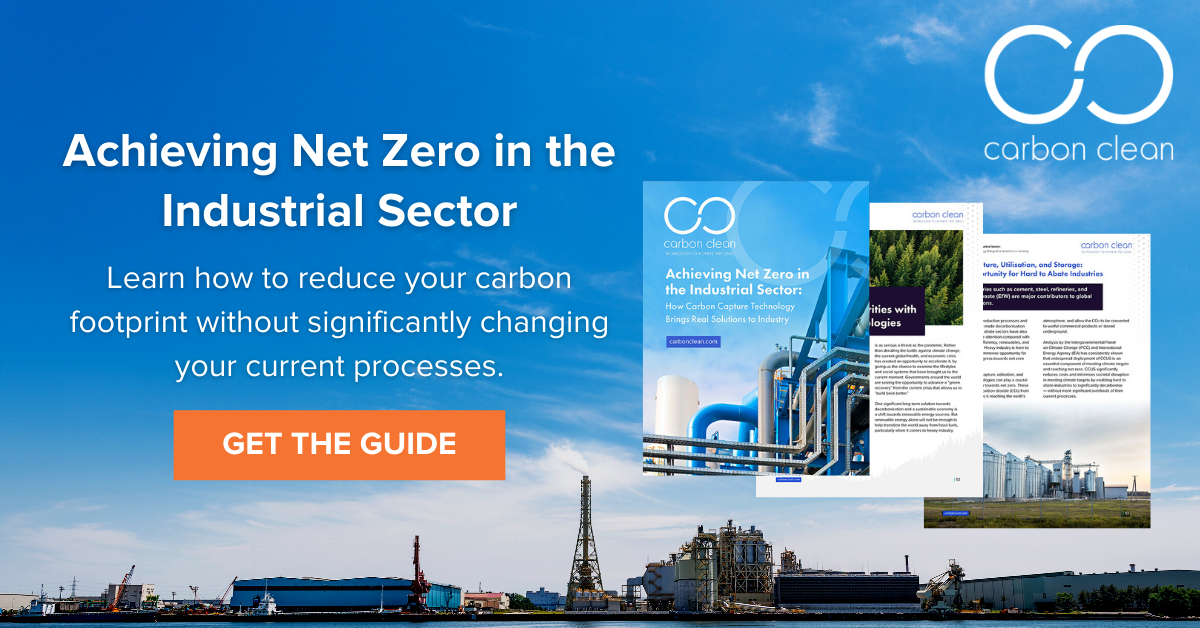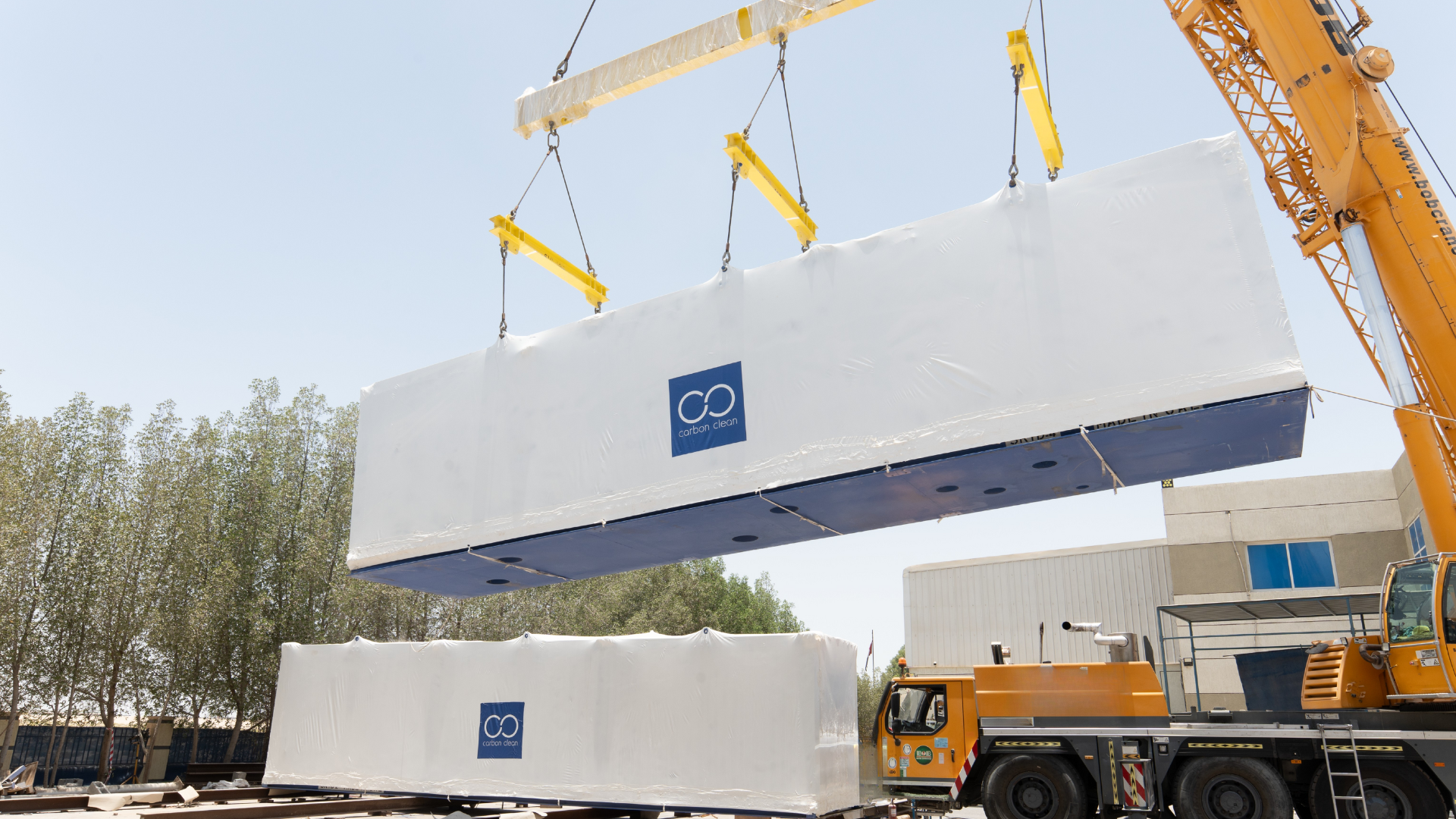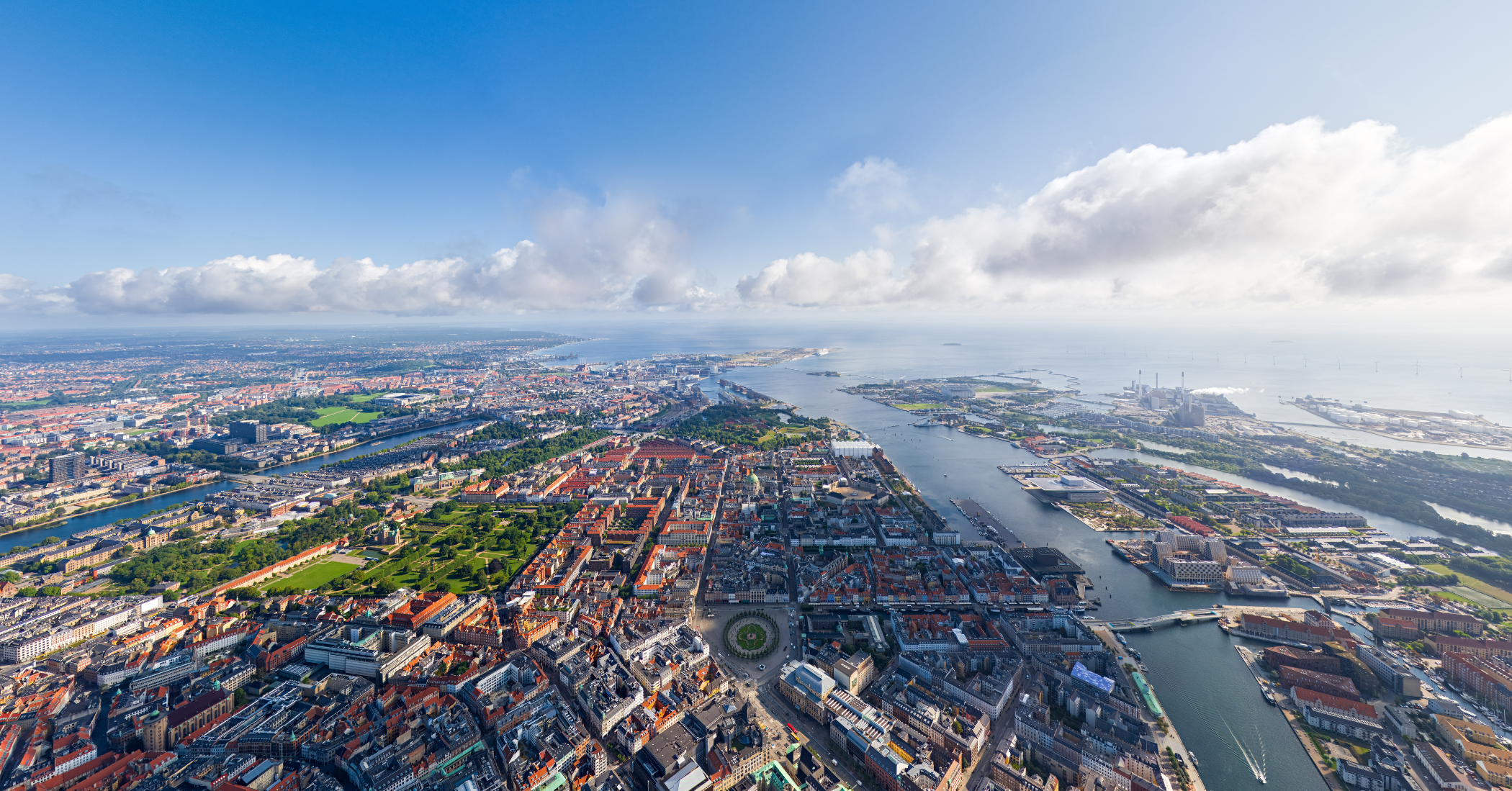Hear from Carbon Clean's Asam Rafi as he discusses the cost of carbon capture: what's included in the cost, how you can estimate your expenses, and what the cost of capture will look like in the future.
What is the simplest way to explain the cost of capture?
The easiest way of calculating the cost of capture is looking at your total investment in getting the measures implemented. Then, divide that by the total amount of CO2 avoided over the lifetime of that specific measure.
For example, imagine that you install CCUS technology that captures 100,000 tonnes of CO2 and it costs $10 million dollars. You operate it for 5 years. Take that as a benchmark: divide the total amount of tonnes by the cost over time and you come to the cost of total CO2 captured per tonne.
What does cost of capture entail in terms of industrial processes?
The truth is that it takes carbon to run the technology to capture carbon. And there are complexities in how CO2 reductions are determined. But to put it simply, the cost of using CCUS measures will be impacted by a variety of factors, and these include:
- Specific technology used
- Site-specific characteristics of the industrial facility
- Purity of the CO2 in the flue gas waste stream
- How the carbon be stored, utilised, or sold
- The distance and method for the stored carbon to be transported
- Fuel prices
- Cost of capital
- Regulatory environment
- Operating and maintenance costs
How does Carbon Clean technology address the cost of carbon capture?
Carbon Clean is continuing to invest in the production of a modularised solution, CycloneCC, which significantly reduces both capex and opex, lowering the cost of CO2 capture on average to $30 per tonne. It is currently at the successful pilot testing stage and will now be demonstrated and commercialised at 10 TPD with select partners who will work with us to gain advanced knowledge for final product rollout by the summer of 2022.
Will the cost of capture increase or decrease in the future?
As with many new technologies, the companies that choose to embrace the possibilities offered by affordable CCUS at scale will be those that reap the most reward. First movers shape the path of industry, and have the greatest advantage of positioning their organisations for a new, sustainable way of doing business.
As carbon pricing continues to take off across jurisdictions over the next decades, those companies caught unprepared may quickly find themselves at a major financial disadvantage that will be difficult to recover from. Carbon price support and subsidies are likely to go down over time as carbon pricing becomes more widespread, giving first movers the greatest benefit from CCUS, as they began avoiding emissions while the price was at its highest.
These first movers will also be the best positioned to create new, valuable product offerings for environmentally-sensitive consumers, helping to future-proof their business models against shifts in both government regulations and consumer demands that aim to support sustainable and green enterprises.
Is cost of capture prohibitive for anything but mega-scale operations?
With Carbon Clean’s modular solutions being introduced into the market, carbon capture will no longer be cost-prohibitive to smaller businesses. These modular solutions allow industries to achieve their net zero targets affordably and at scale.
Are you interested in learning more about how Carbon Clean's CCUS technology can help your heavy industry achieve net zero targets? Talk with our experts today!




